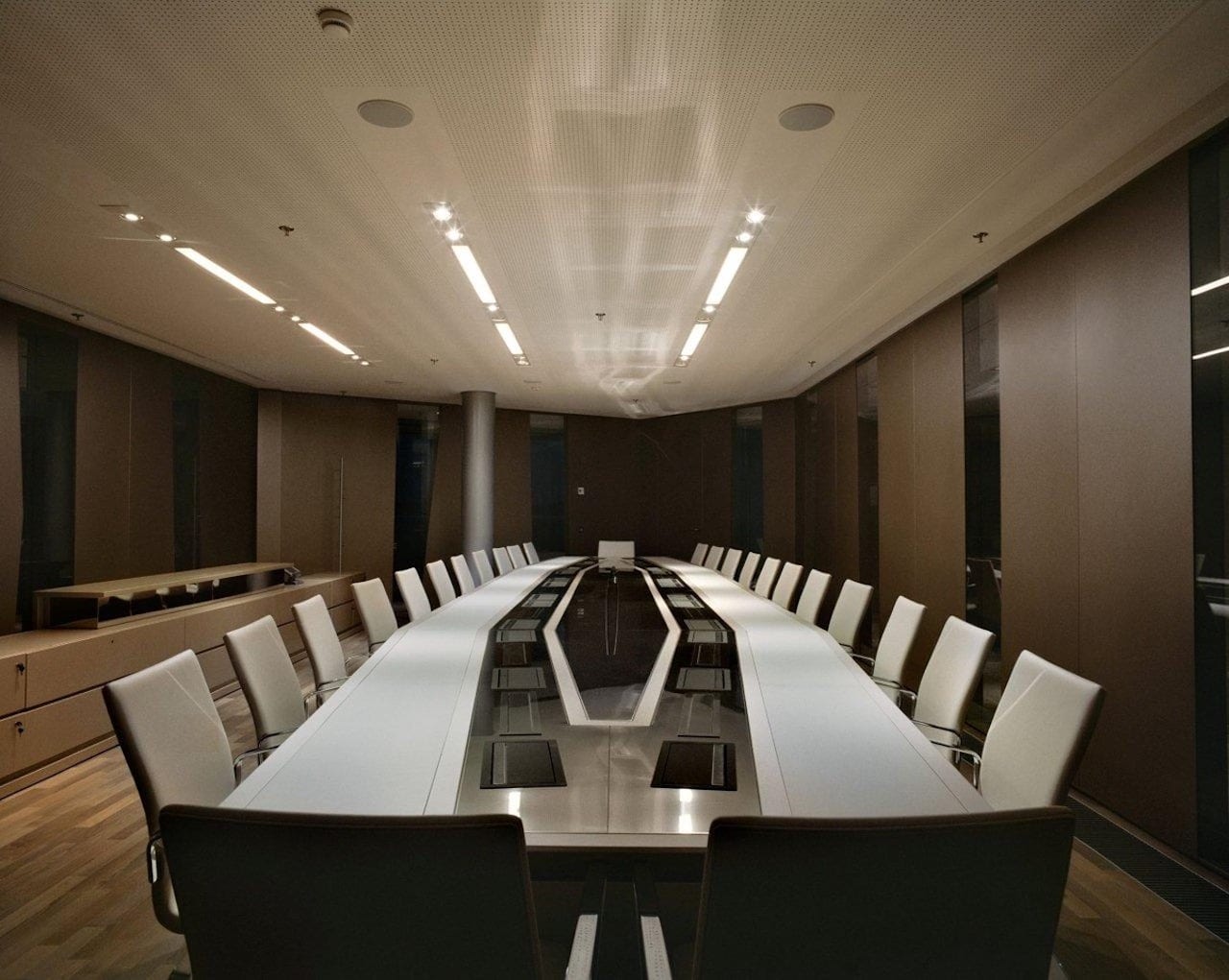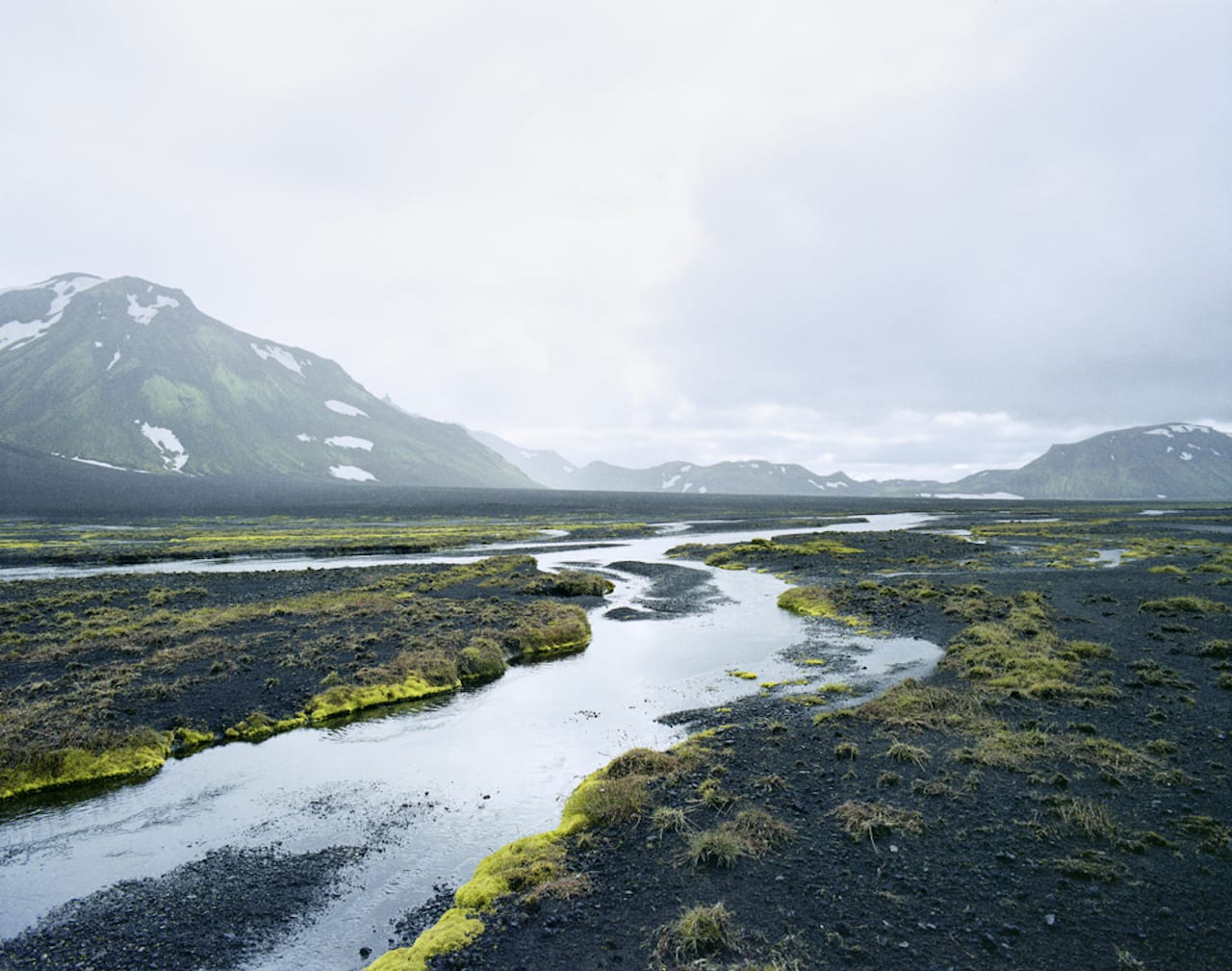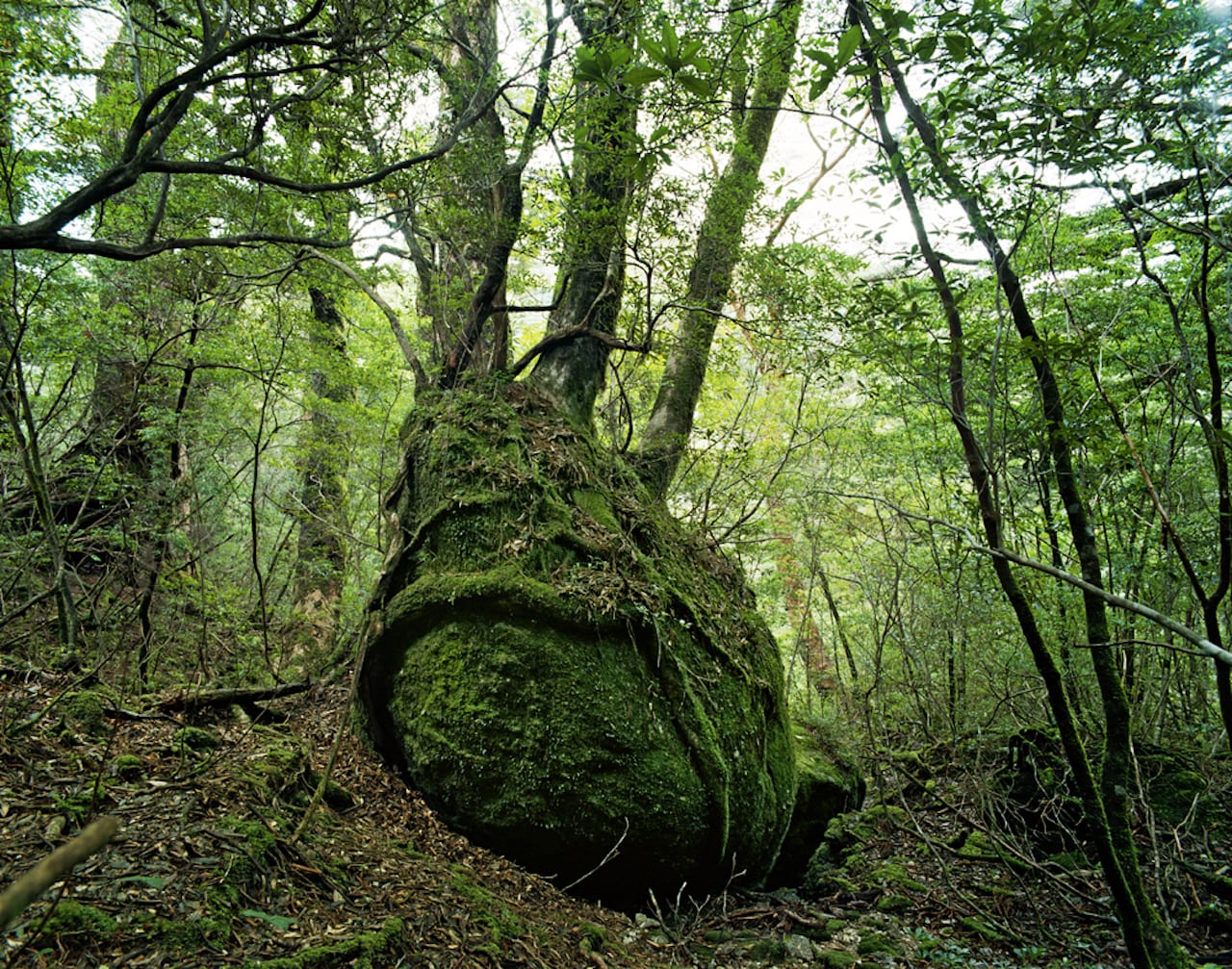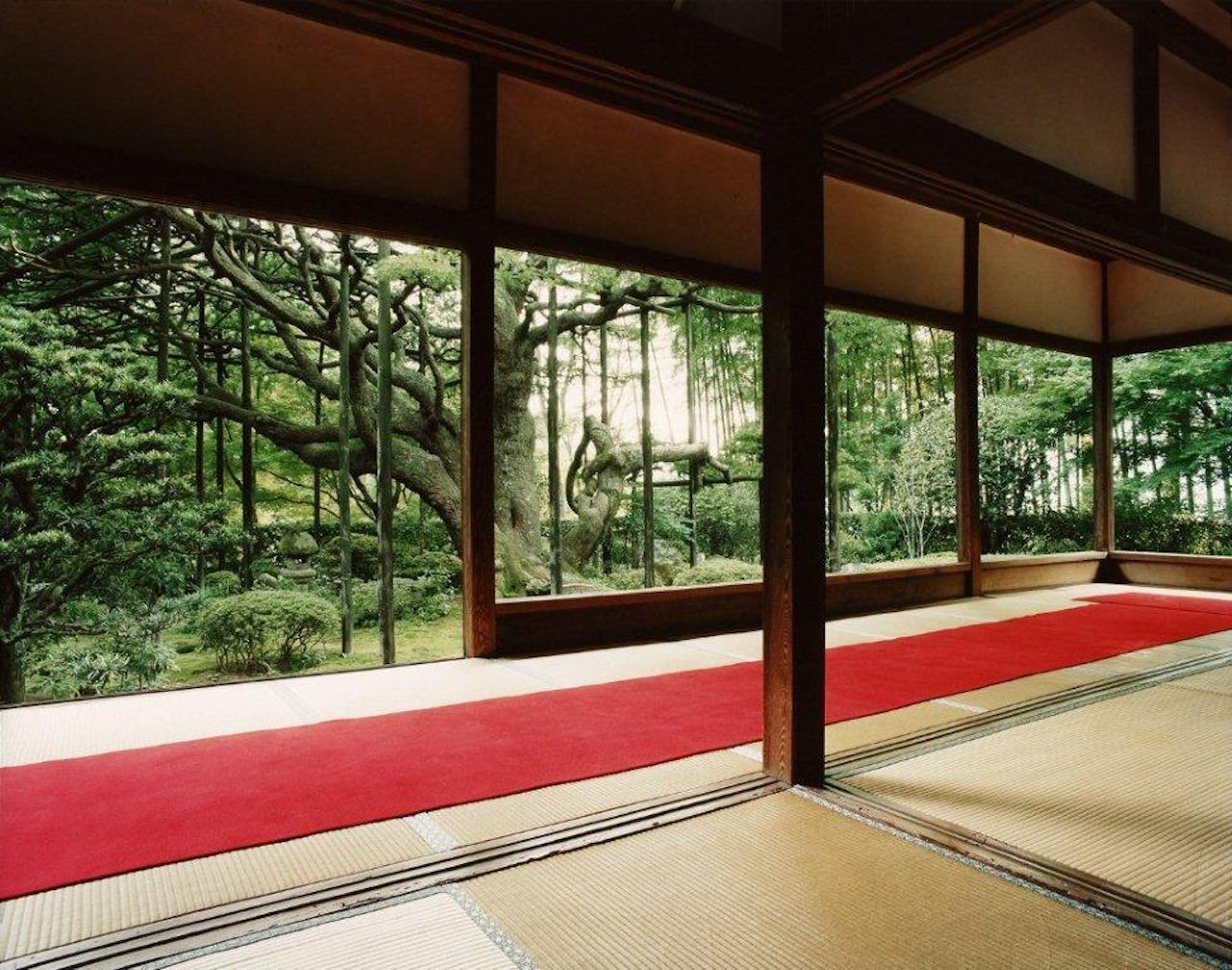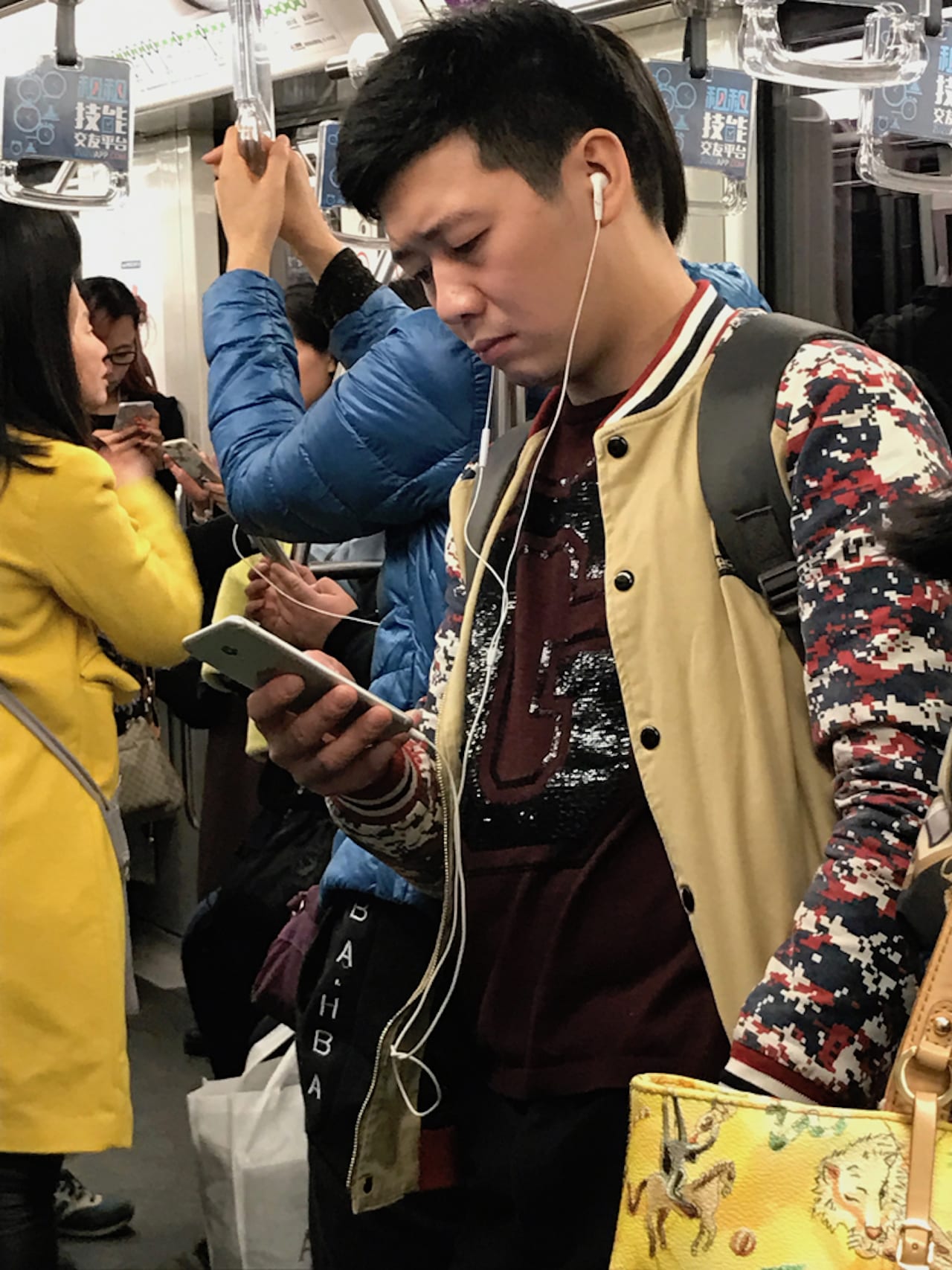“I was trained as a sculptor, and this was the first time I had used the camera,” wrote Jacqueline Hassink in the Financial Times in 2011, of her breakthrough project The Table of Power. Between 1993 and 1995 Hassink contacted forty of the largest multinational corporations in Europe, asking to photograph their boardrooms. “I wanted to find a table that symbolised modern society’s most important value: economic power,” she writes. Nineteen refused, while the remaining 21, in Britain, the Netherlands, Germany, France, Switzerland and Italy, eventually agreed.
The book was published in 1996; it was the first time that photographs of these places had been made public, and in the spring of 2009, after the global recession, Hassink decided to revisit the boardrooms. With The Table of Power 2, she examined how boardroom design, revenue and employee numbers had changed over the intervening years.
Hassink, who has died aged just 52, was born in Enschede, the Netherlands, on 15 July 1966. She trained to be a sculptor at the Royal Academy of Art in The Hague, and then at the Trondheim Academy of Fine Art in Norway, but after graduating in 1992, presented herself mainly as a photographer, publishing nine books – including another celebrated title, Car Girls, in 2009. It was shot over five years at car shows across seven cities in three different continents, including New York, Paris, Geneva, Tokyo, Detroit, and Shanghai, focusing in on differing cultural standards on ideals of beauty on the women paid to pose with the cars.

“I was just like the visitors of that car show, I was hunting for that interesting moment,” she said in an interview at an Aperture Foundation event in 2009. Hassink captured the moments in which the women became more like tools in the sale of the vehicle, titling each photograph with the brand of the car they were selling to reinforce the idea they were being presented as commodities and fantasies relating to luxury and power.
Hassink often worked on her projects for years; one of her longest projects, View Kyoto, published in 2015, was developed over ten years. In it she travelled to Zen buddhist temples and gardens in Japan, after being captivated by the culture after her first visit in the late 1990s while on assignment with Fortune magazine. “I saw that it was really special, the ‘pearl’ of Japan,” she said in an interview with Slate Magazine in 2015. “I thought it was unique because there is no divide between public and private, no windows in the temples, and when the sliding doors are open, it creates a flowing world.”
Unwired (2018) also started in Japan, and is Hassink’s most recent body of work to be published. It examines the relationship between human and digital worlds, confronting our addiction to technology through contrasting photographs of landscapes in which there is no phone reception, and plugged-in commuters. The project was exhibited in January this year at the Nederlands Fotomuseum in Rotterdam.
Hassink died of cancer, aged 52, on Thursday 22 November 2018 in Amsterdam. “Jacqueline lived her life with the greatest integrity, honesty of heart and depth of curiosity,” wrote her gallery in the US, Benrubi Gallery. “She was an inspiration to us and will be sorely missed. She met life head on at its best and worst, even when facing down her illness, her strength and fortitude matched only by her humor and grace…We remember Jacqueline as ever, riding through Brooklyn on her bicycle.”
